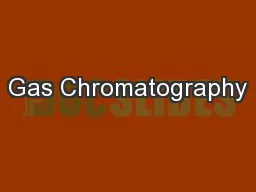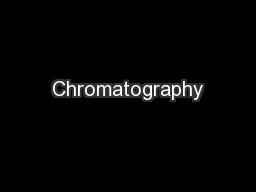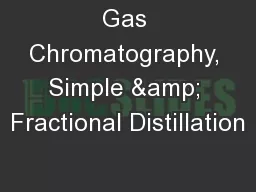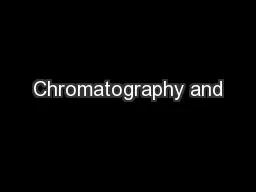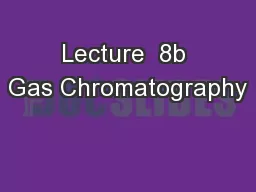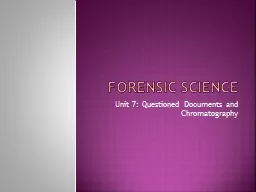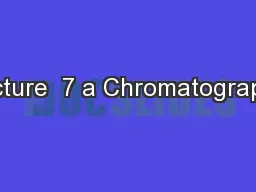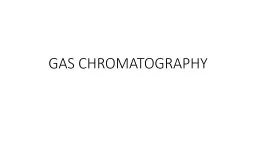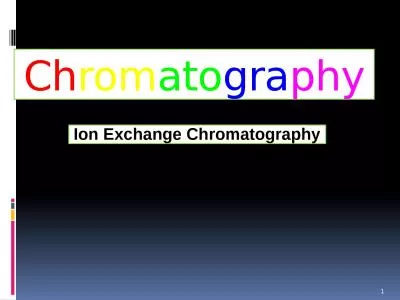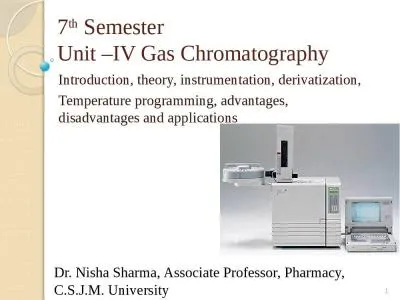PPT-Gas Chromatography
Author : mitsue-stanley | Published Date : 2016-04-19
Haiqing Guo Dept of Fire Protection Engineering hguoumdedu Lab Methods Day June 25 2014 What is GC Gas chromatography GC is a common type of chromatography used
Presentation Embed Code
Download Presentation
Download Presentation The PPT/PDF document "Gas Chromatography" is the property of its rightful owner. Permission is granted to download and print the materials on this website for personal, non-commercial use only, and to display it on your personal computer provided you do not modify the materials and that you retain all copyright notices contained in the materials. By downloading content from our website, you accept the terms of this agreement.
Gas Chromatography: Transcript
Download Rules Of Document
"Gas Chromatography"The content belongs to its owner. You may download and print it for personal use, without modification, and keep all copyright notices. By downloading, you agree to these terms.
Related Documents

